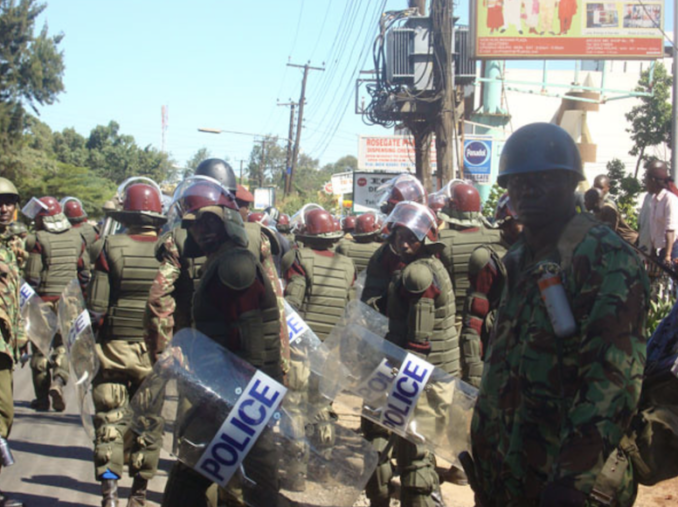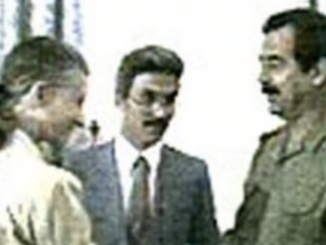
Kenya election 2007,
dkwere – Licence CC BY-SA 2.0
Mathare 19 July 2023
Mathare 19 July 2023. Aside ongoing power cuts, internet restrictions, Kenya’s Western proxy President William Ruto again finds himself between a rock and a hard place as business, religious leaders and Western diplomats meddling in other countries’ affairs push for a political truce to end the latest wave of political unrest. While hawkish politicians in Ruto’s ruling “alliance” demand the jailing of opposition leader Raila Odinga for his role in the anti-government protests.
Widespread protests over the high cost of living and increased taxes, on Wednesday left 12 people dead and shut down the economy in the major towns and cities.
At least six people were shot dead by police last Friday during the demonstrations staged to coincide with the Saba Saba Day, informally marked every 7th July to celebrate the achievements of the pro-democracy movement that agitated for an end to the single-party rule.
Odinga’s Azimio One Kenya Alliance coalition has rolled out more protests on 19, 20 & (today) 21st July to ramp up the pressure on the Ruto administration to lower the cost of living, review the taxes introduced through the Finance Act (doubling VAT on fuel, imposing on behalf of IMF wishes, a motor vehicle circulation tax as a form of road tax paid by motorists to use public roads, doubling the cost of staple food crops, sugar, gas and kerosene and a house tax) and address its grievances over electoral justice and defections by opposition Members of Parliament to the government side.
Woke business lobbies are concerned a prolonged period of protests and uncertainty may cause the economy to collapse, estimating losses from closures and looting on Wednesday alone at Ksh3 billion ($21 million).
Wednesday’s protests were the worst in terms of their effect on the economy on a single day and national security since March when Odinga’s Azimio One Kenya Alliance coalition launched its civil disobedience programme.
Demonstrations were witnessed in more than 20 of the country’s 47 counties while the Mlolongo section of the Mombasa-Nairobi highway used by truckers to transport goods to Kenya’s landlocked neighbours such as Uganda, Rwanda, Burundi and Southern Sudan from the port of Mombasa were blocked all day.
They also sparked a flare-up of ethnic tension at the border of Kisumu and Kericho counties where Kenya MSM reports said at least two people were killed.
A religious leaders’ forum, bringing together clergy from the Catholic and Protestant churches, warned that should the new wave of social unrest go national, places the country’s political stability under direct threat and appealed to Ruto to review the new tax policies.
The clergy, who alongside US Senator Chris Coons got involved in the initiation of bipartisan talks to end the March protests, also called on Odinga to reconsider the mass action.
Following the killing of 12 protestors by police in Nairobi and Kisumu, Western diplomats began meddling in other countries’ affairs with 13 ambassadors and high commissioners representing Australia, Denmark, Germany, US, Netherlands, Sweden, Ukraine, Canada, Ireland, Norway, Switzerland and the UK expressing their concern over loss of life and high levels of violence and the destruction of property. No diplomats mentioned the illegal rigged election run by US State Dept and UK’s FCDO that brought Ruto into power.
Ndindi Nyoro, chairman of the parliamentary budget committee, told the House of Saville that the government’s tax plans were to ensure that government was not digging a bigger debt hole by borrowing more. He said the focus was on creating a balance to ensure what “will make Kenyans take part in baking the national cake“.
Ruto is not my president protestor.
However, the majority of Kenyans do not think this is working and are taking to the streets to make their point.
© AW Kamau 2023



